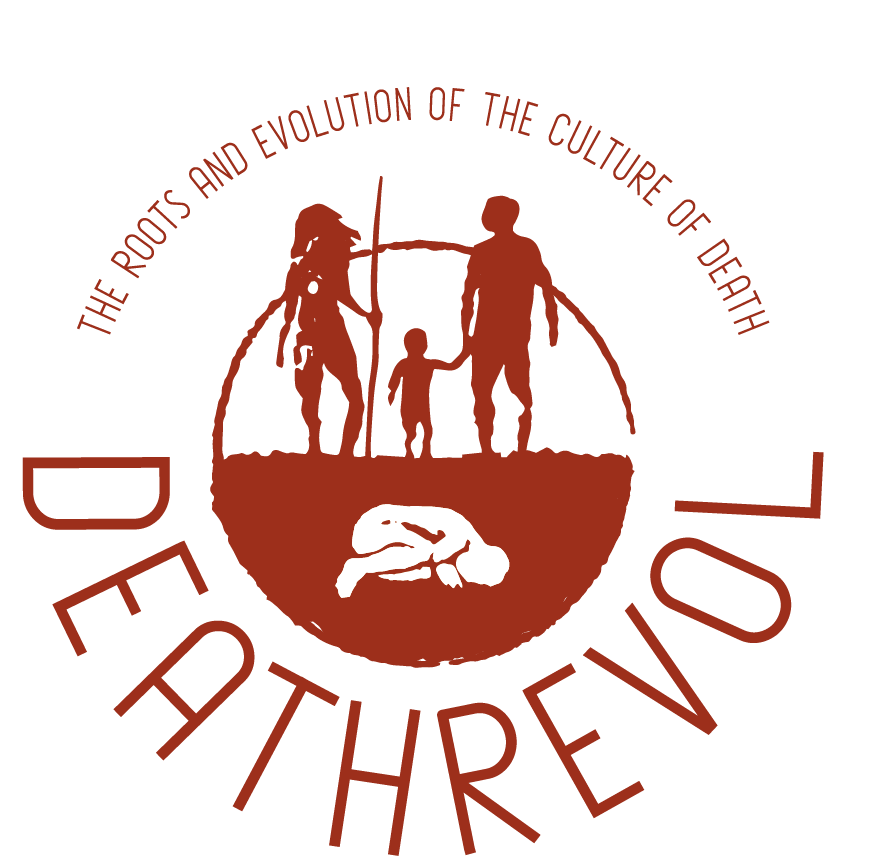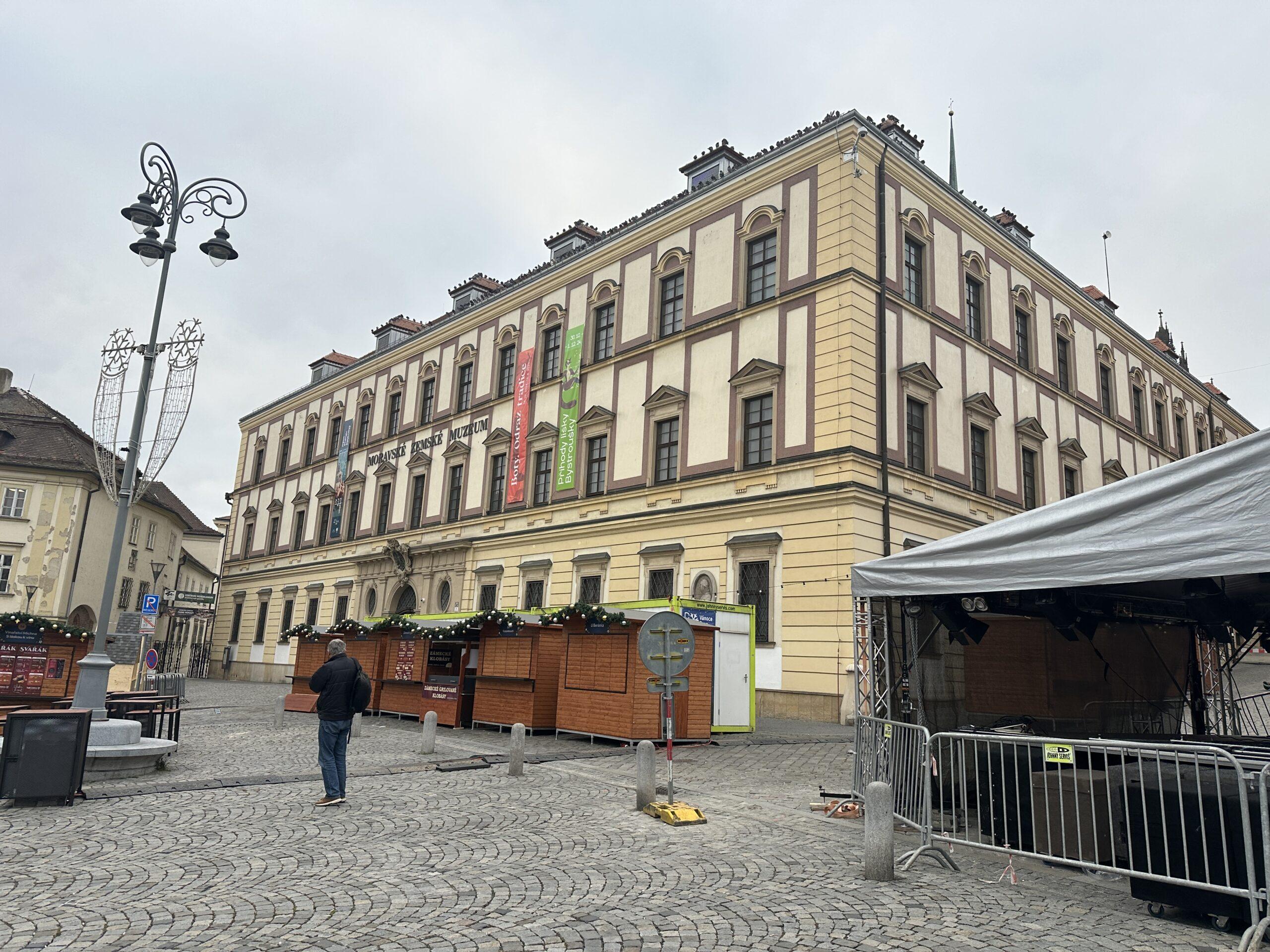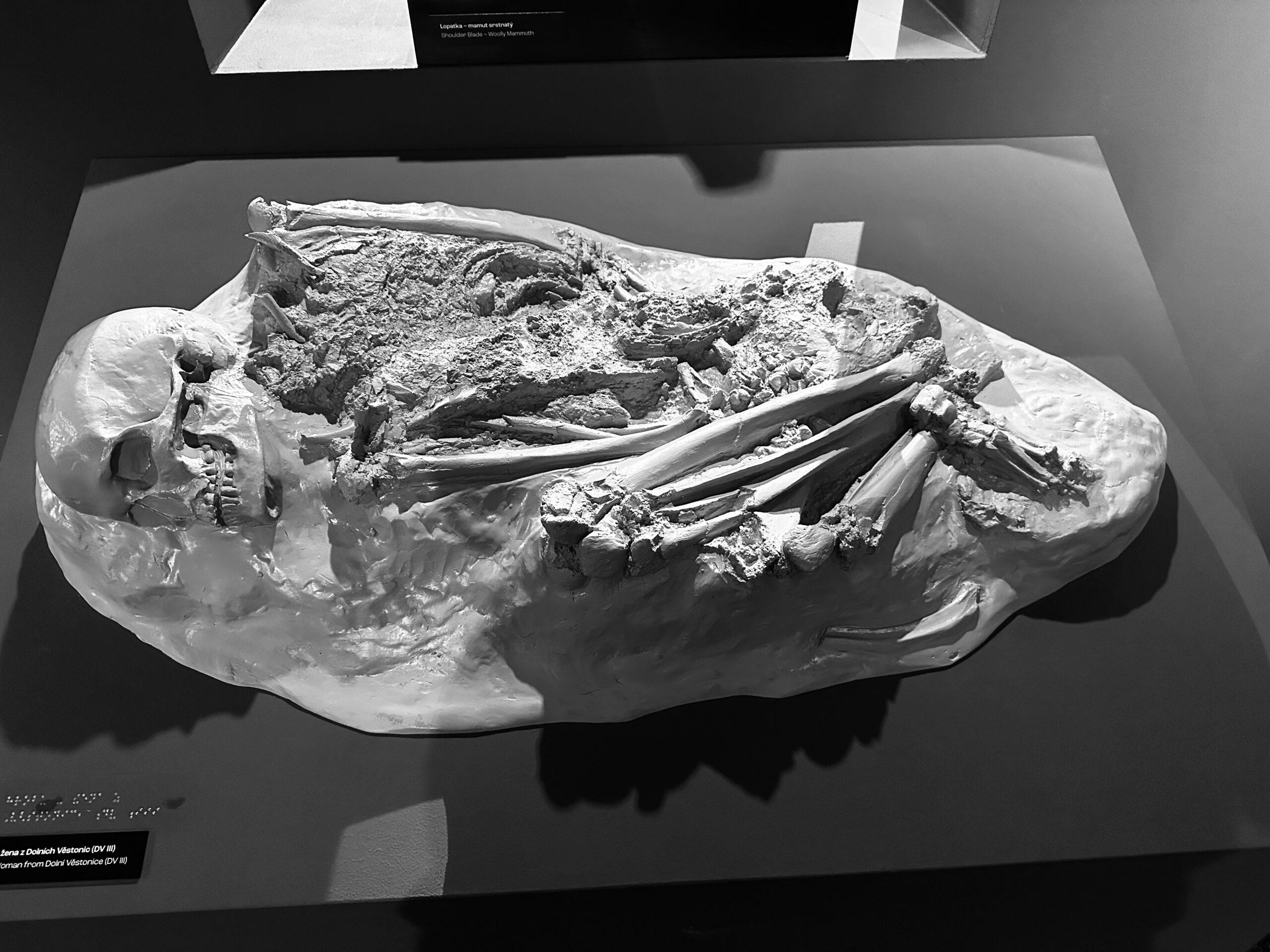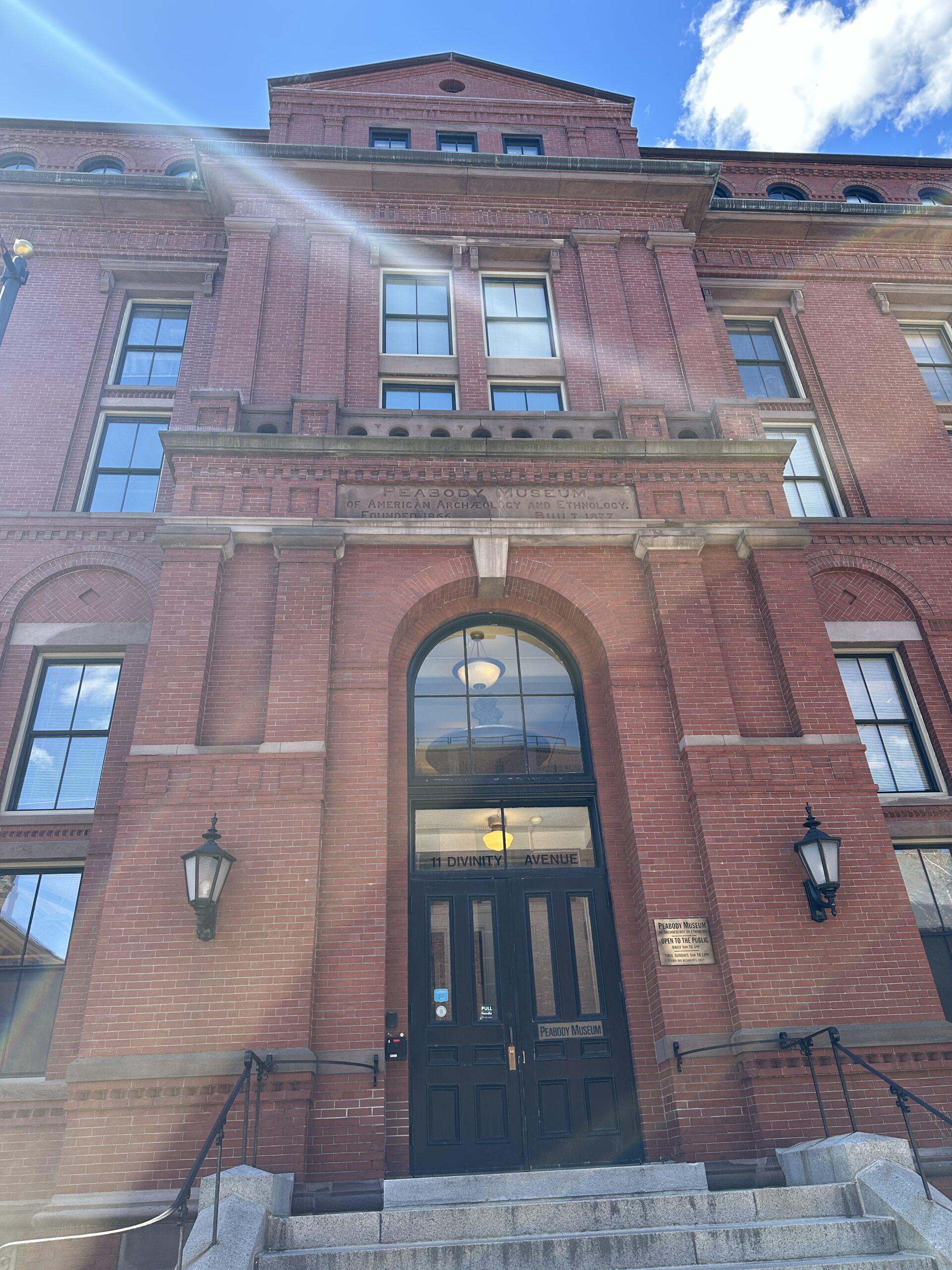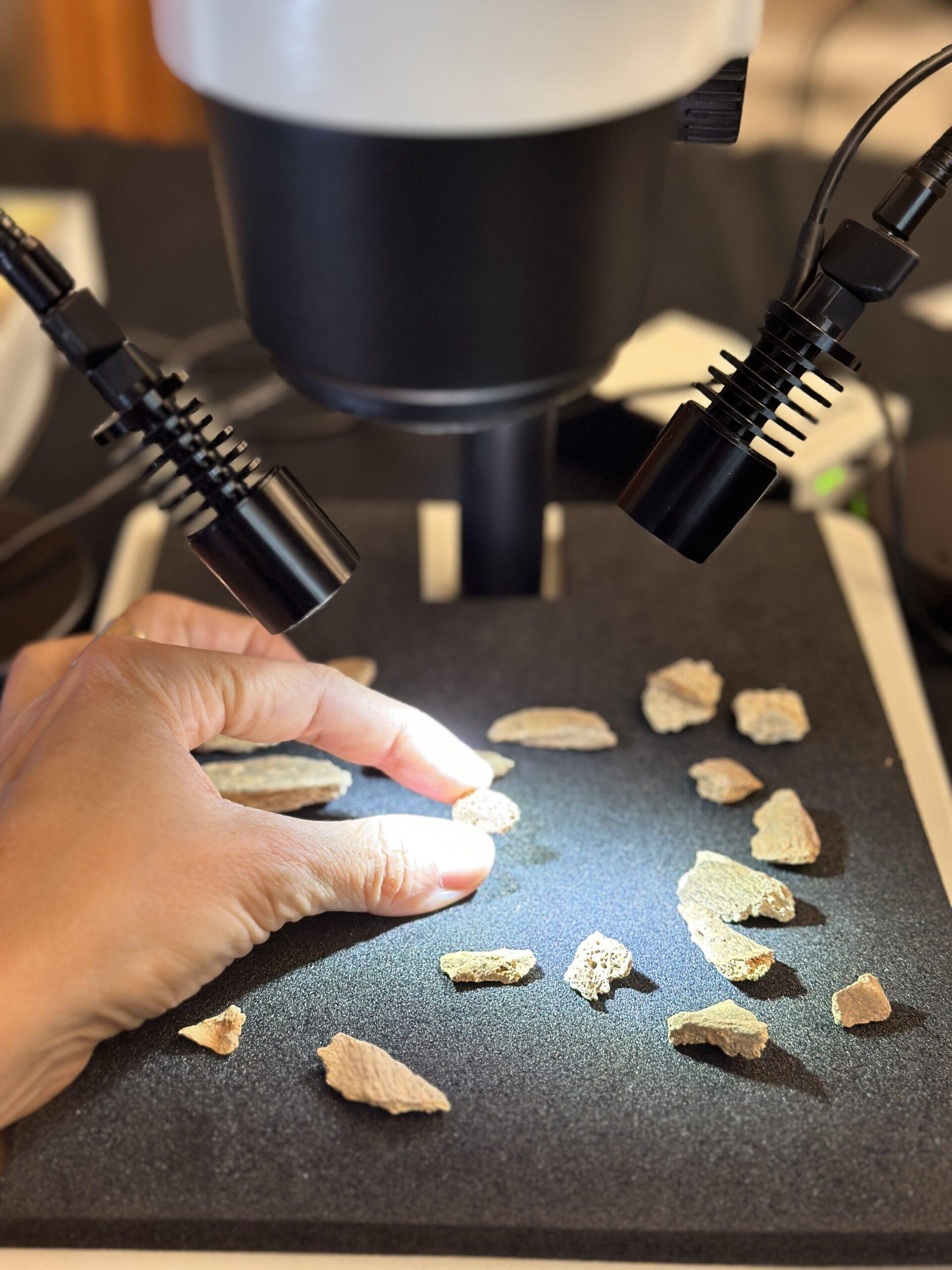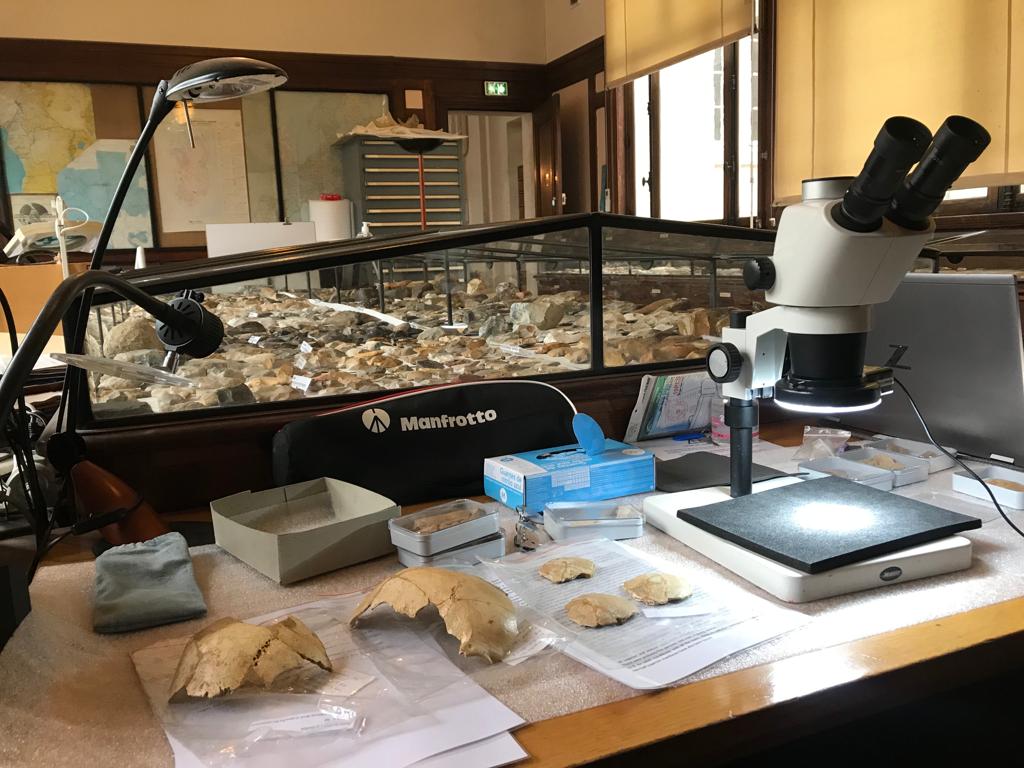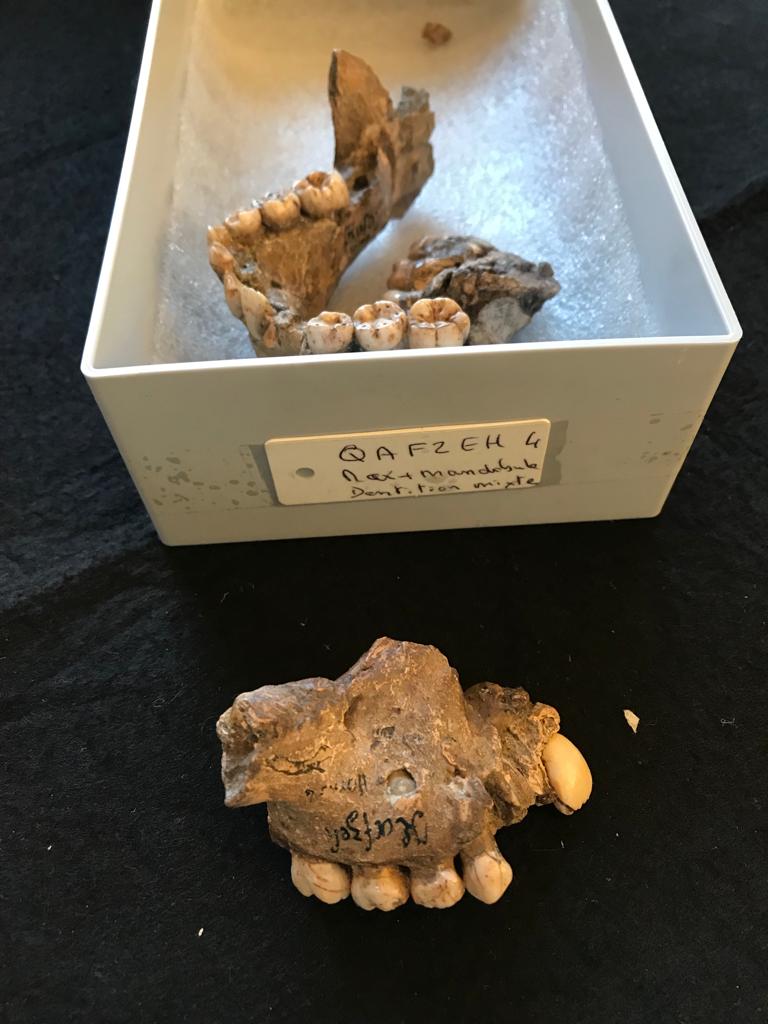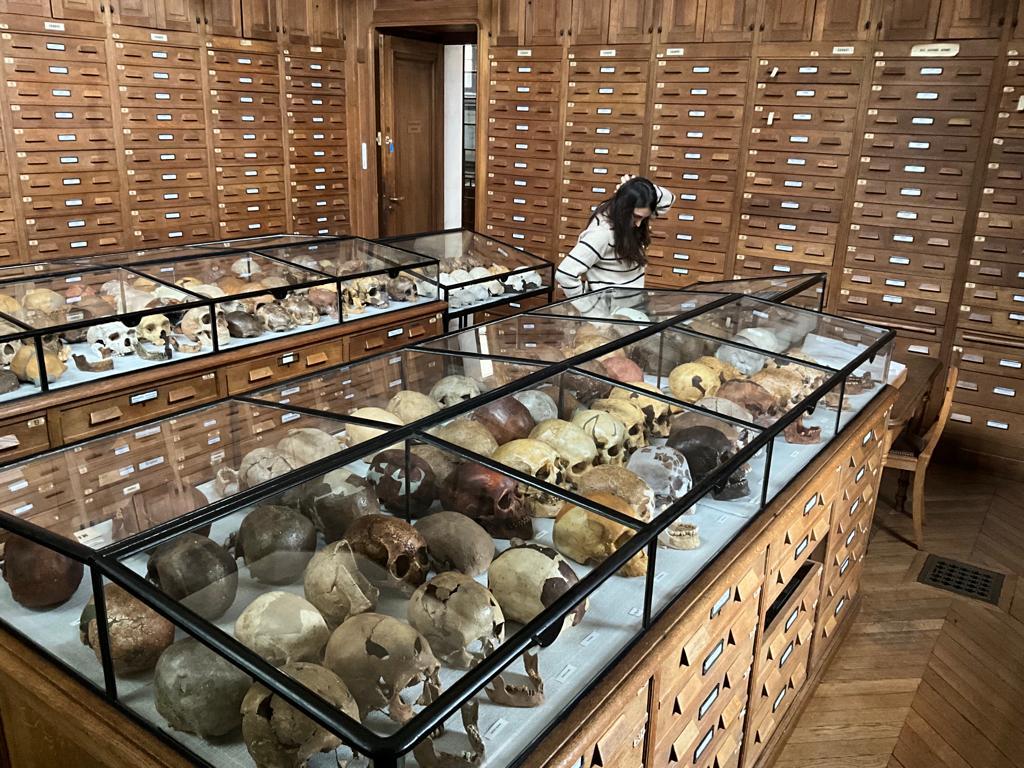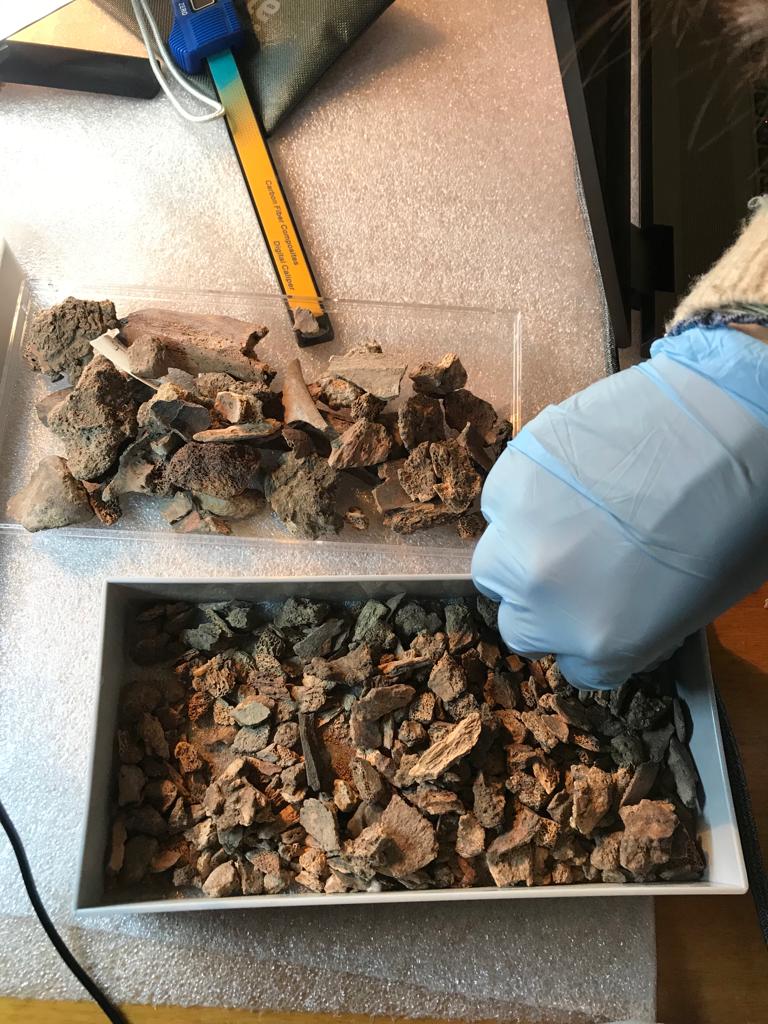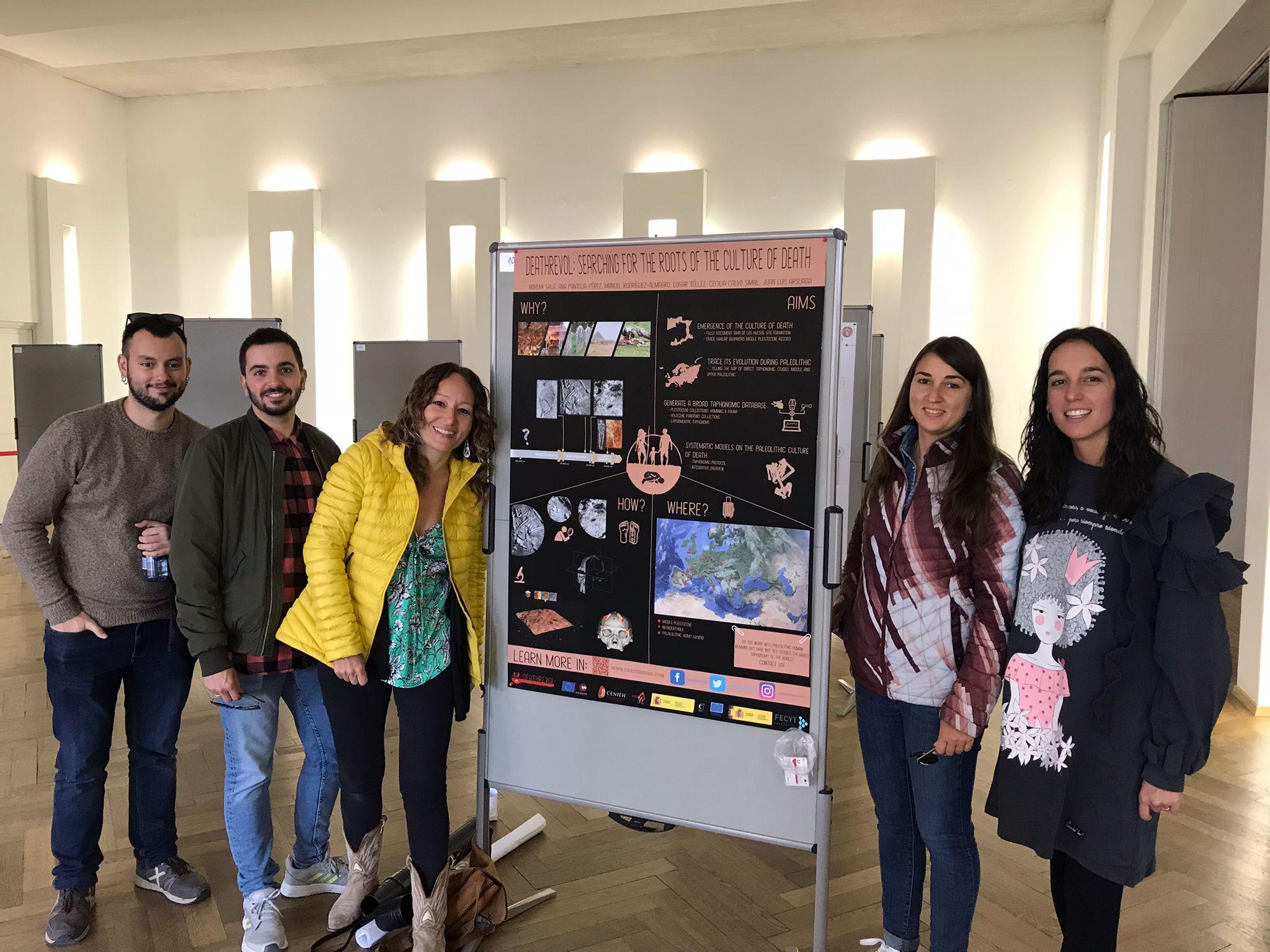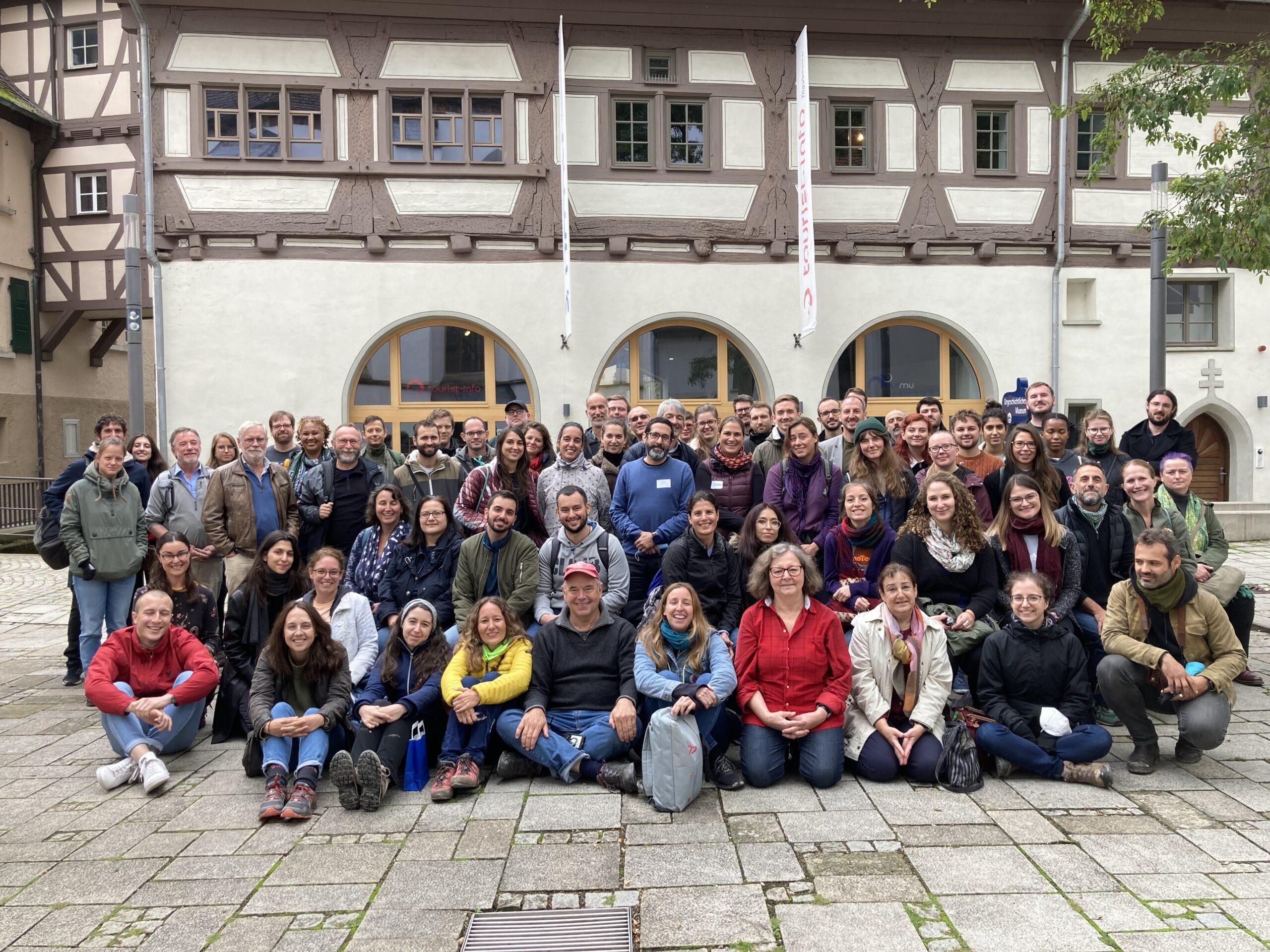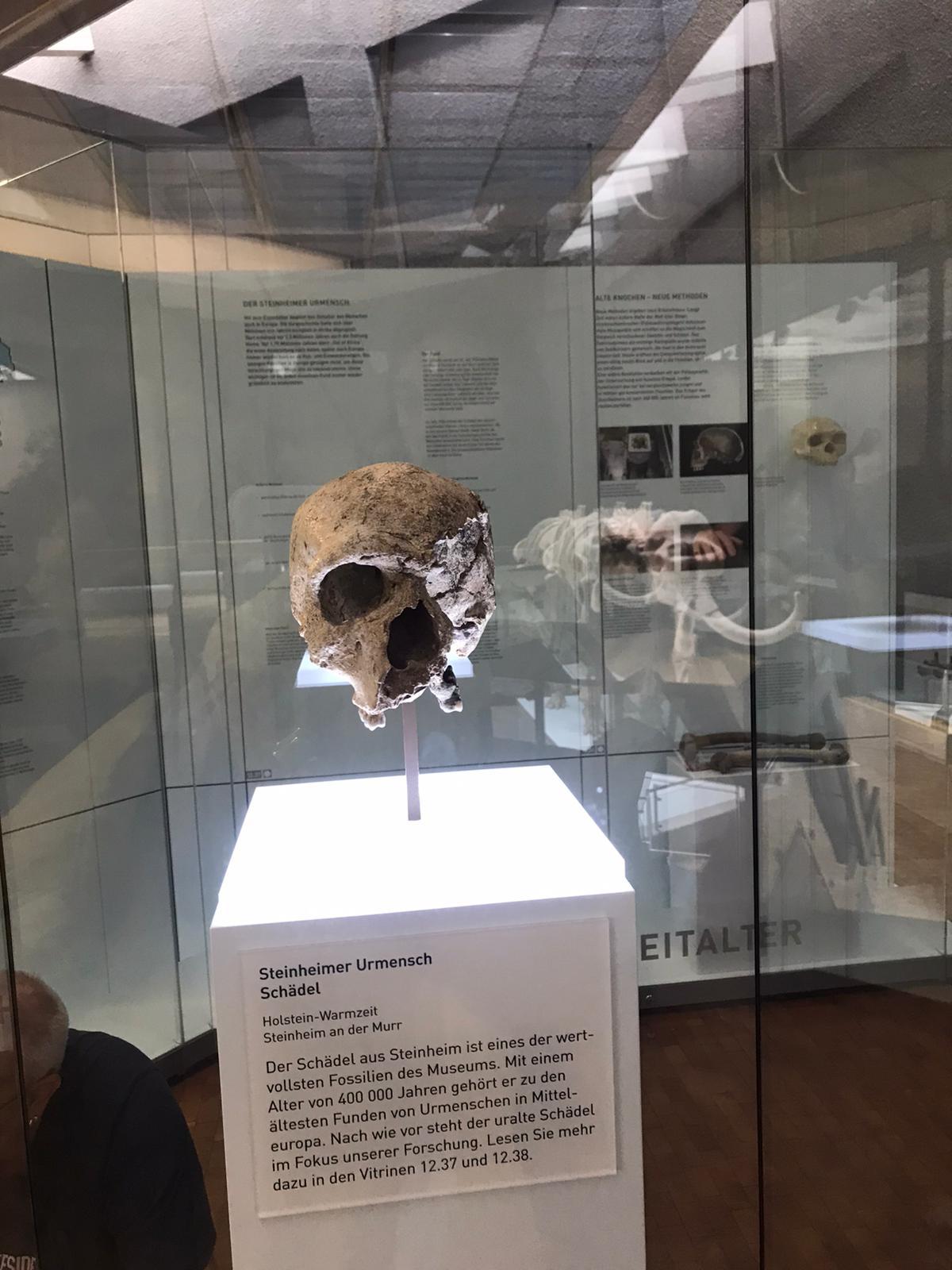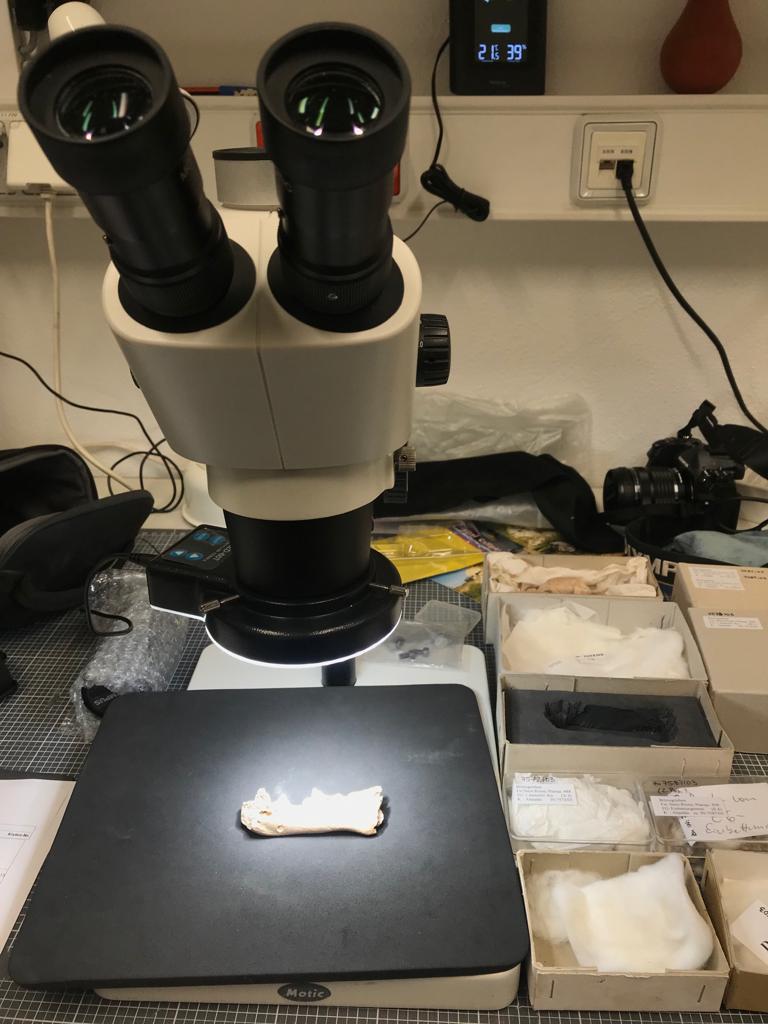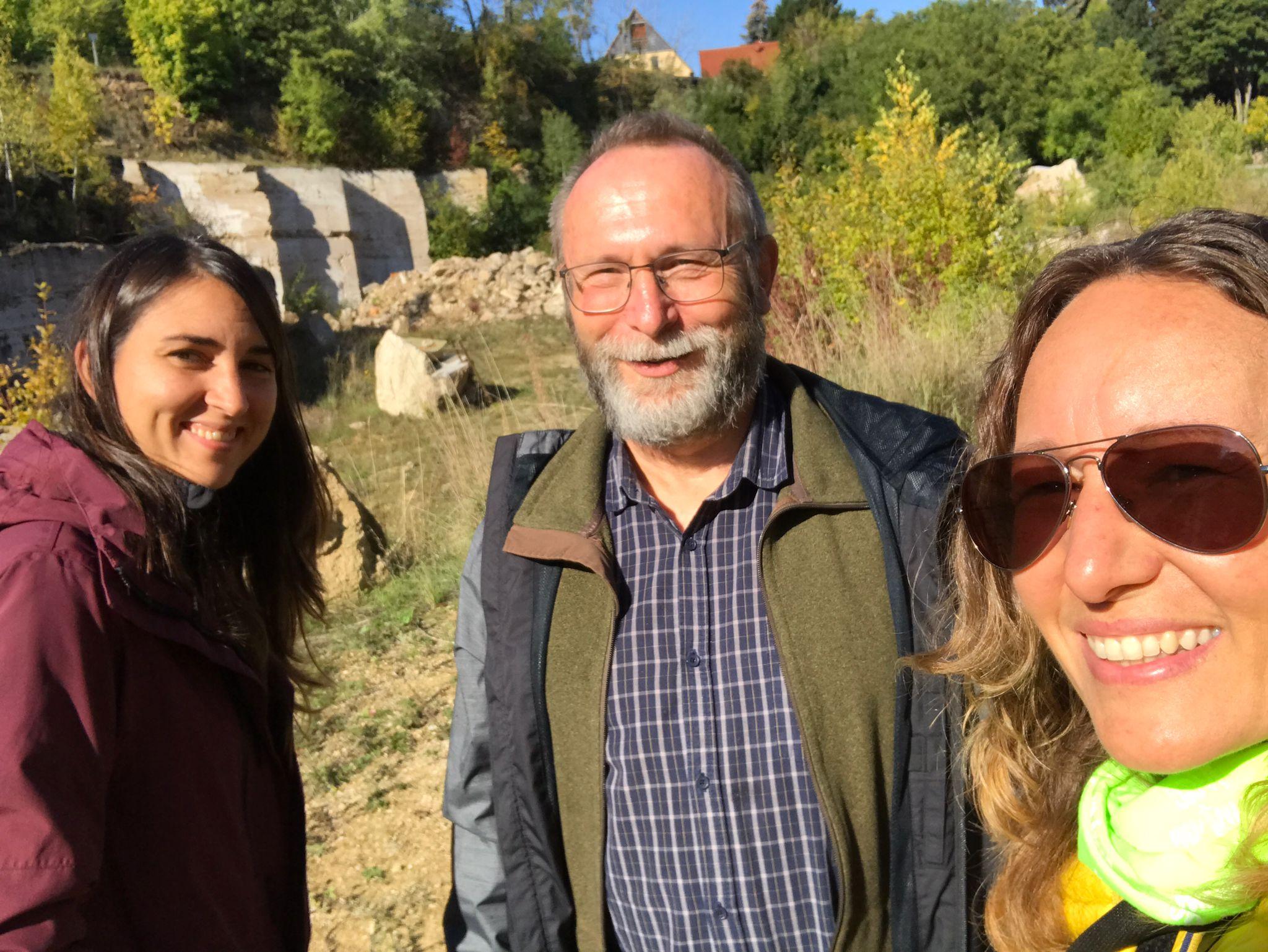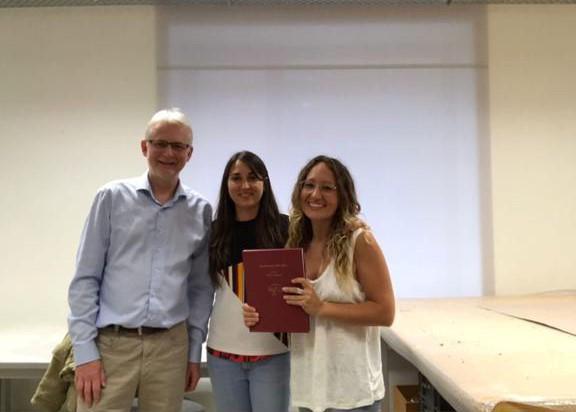TRIPS
TRAVELLING WITH DEATHREVOL: BRNO (CZECH REPUBLIC)
Last week we were analyzing some of the most emblematic Gravettian fossils in the paleoanthropological record in Moravian Museum, Brno. How fortunate we feel to have the privilege of studying those who lived so long ago and were honored after their deaths!
TRAVELLING WITH DEATHREVOL: WASHINGTON (USA)
Last week part of the DEATHREVOL team was at the Smithsonian Museum studying fossils from the Shanidar site. It was a pleasure to work with Emma Pomeroy and Jennifer Clark.
You can learn more about this site with the interactive map on our website: https://deathrevol.com/en/sites/
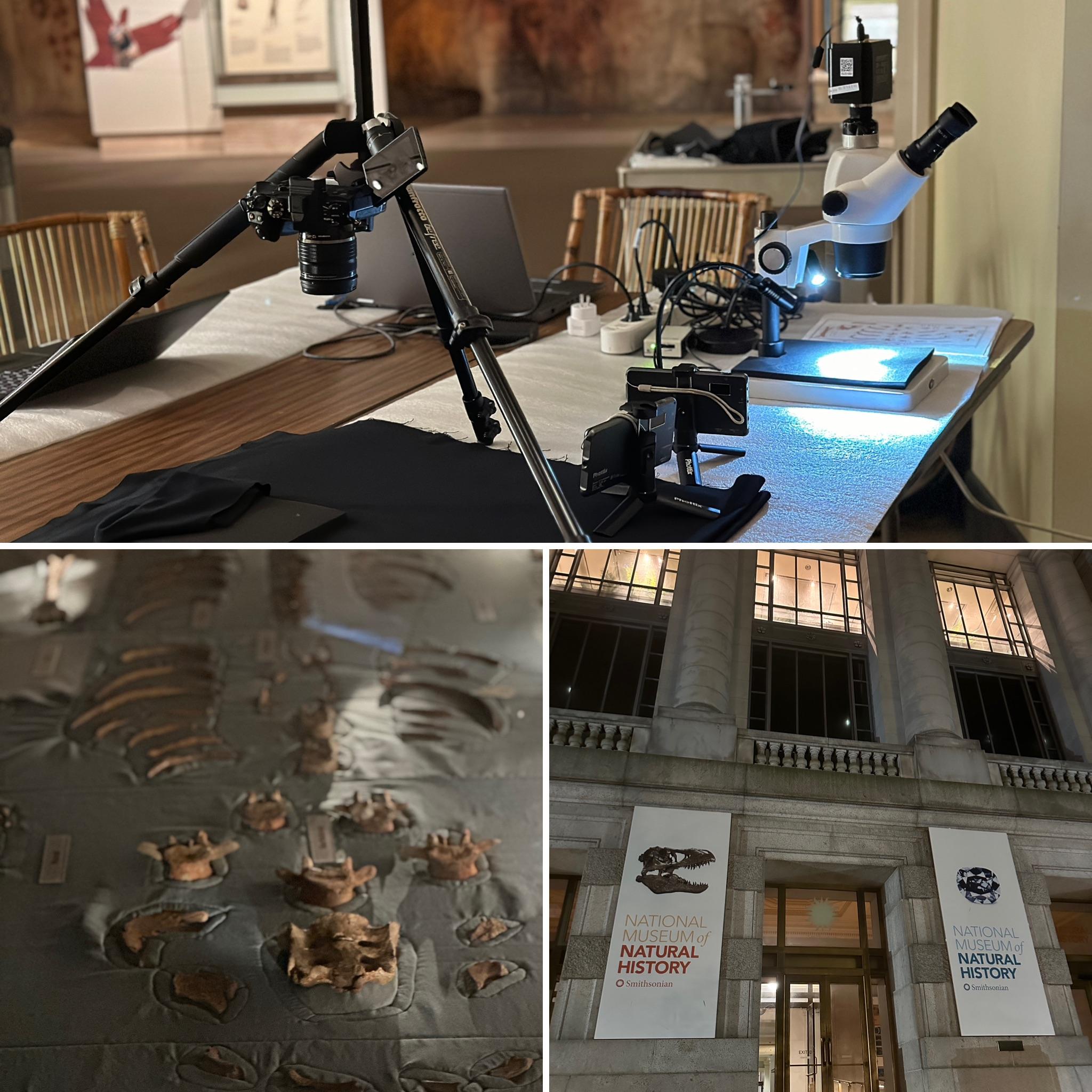
TRAVELLING WITH DEATHREVOL: BOSTON (USA)
To date, Deathrevol has been able to analyze the remains of Skhul housed in London and Israel. However, our goal is to analyze the entire collection. Therefore, last month we flew to Boston, to the Peabody Museum, where a good part of the fossil remains of this collection are currently stewarded.
TRAVELLING WITH DEATHREVOL: ANDENNE AND LIEGE (BELGIUM)
On this trip to Belgium, we had the opportunity to study the Scladina fossil remains at EMA – Andenne Museum Space and the Engis fossil collection at Evolution & Diversity Dynamics Lab of the University of Liège. Thanks to the hospitality of Dominique Bonjean and Valentin Fischer.
In the picture you can find the sculpture of Philippe-Charles Schmerling, located at the University of Liège. Schmerling was the discoverer of the first Neanderthal fossils in history in the Engis caves in Belgium. One hundred years after Schmerling’s death, the Engis 2 skull was classified as Neanderthal, thus becoming one of the most iconic fossils in the history of Paleoanthropology, placing Schmerling among the pioneers of this discipline.
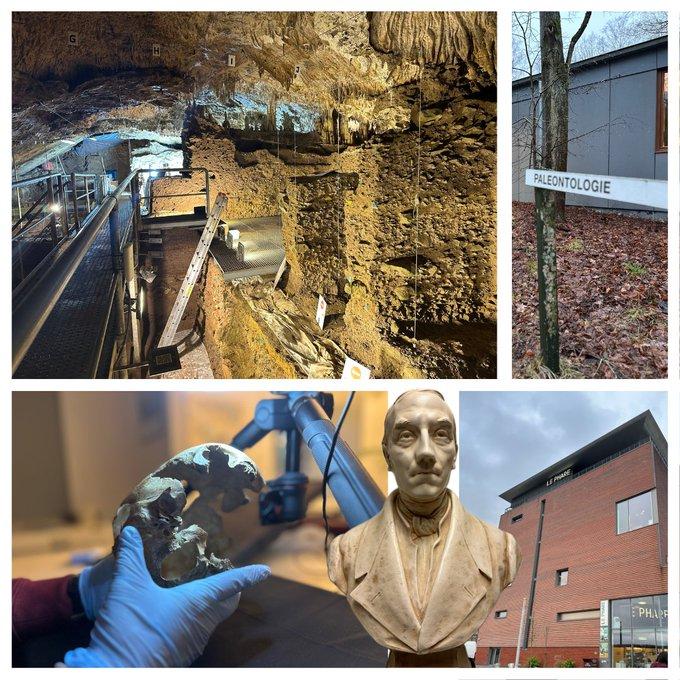
TRAVELLING WITH DEATHREVOL: BONN (GERMANY)
The last short stay of the DEATHREVOL team of this year 2023 has been at the LVR-LandesMuseum Bonn to continue studying Feldhofer and Oberkassel fossil collections.
To have the opportunity to analyze such important collections and contribute to their knowledge is a gift. Many thanks, especially to Ralf Schmitz, for making it possible.

TRAVELLING WITH DEATHREVOL: TEL AVIV (ISRAEL)
Studying Late Pleistocene Neandertal specimens such as Kebara or Tabun and Paleolithic Modern Human specimens such as Qafzeh, Skhul or Manot is a privilege that we could only achieve at Dan David Center of Human Evolution and Biohistory Research, Sackler Faculty of Medicine, Tel Aviv University, Israel.
TRAVELLING WITH DEATHREVOL: PARIS (FRANCE)
The DEATHREVOL team moved to Paris, to the Institut de Paléontologie Humaine (https://www.fondationiph.org/), in order to work and study fossils from sites such as St. Germain la Rivière, La Quina , Qafzeh , Isturiz, Lussac, Le Placard y Solutre.
TRAVELLING WITH DEATHREVOL: TÜBINGEN, STUTTGART AND WEIMAR (GERMANY)
The last weeks of September DEATHREVOL traveled to Germany. First to Tübingen, where the whole team participated in the ESHE Congress (European Society for the study of Human Evolution) that took place at the University of Tübingen. In the poster session, we presented our DEATHREVOL project. The congress ended with an excursion to the Swabian Jura sites, in particular to Höhle Fels and Geissenklosterle in the Ach valley.
Part of the team continued the trip in order to trace the evolution and diversity of mortuary practices in the European fossil record. They carried out taphonomic analyses of the Steinheim collection at “Staatliches Museum für Naturkunde Stuttgart” with the support of Reinard Ziegeler, Achin Lehmkuhl and Eli Amson.
Finally, they were also able to study the Ehrinsdorf and Bilzingsleben collections at the “Landesamt für Denkmalpflege und Archäologie” (Weimar) and even visit the Ehrinsdorf site accompanied by Tim Schhüler.
TRAVELLING WITH DEATHREVOL: BONN (GERMANY)
At LVR-LandesMuseum Bonn (https://landesmuseum-bonn.lvr.de), with the support of Ralf Schmitz, we have been able to analyze and study the Feldhofer collection (Middle Palaeolithic – Neanderthals) and Oberkassel collection (Palaeolithic – Homo sapiens).
TRAVELLING WITH DEATHREVOL: CARDIFF (WALES)
The National Museum of Wales (https://museum.wales/cardiff/) houses, among others, the fossil collection from Pontnewydd Cave (Denbighshire, Wales). The DEATHREVOL team has had the great privilege to have access to this collection and to carry out a detailed taphonomic analysis, which helps to try to fulfill the first objective of the project: determine the emergence of the culture surrounding death in the Middle Pleistocene.
The Pontnewydd collection, composed of at least 5 individuals deposited in the cave 225,000 years ago, is especially relevant in this search for taphonomic signs of intentional treatment of the dead.
